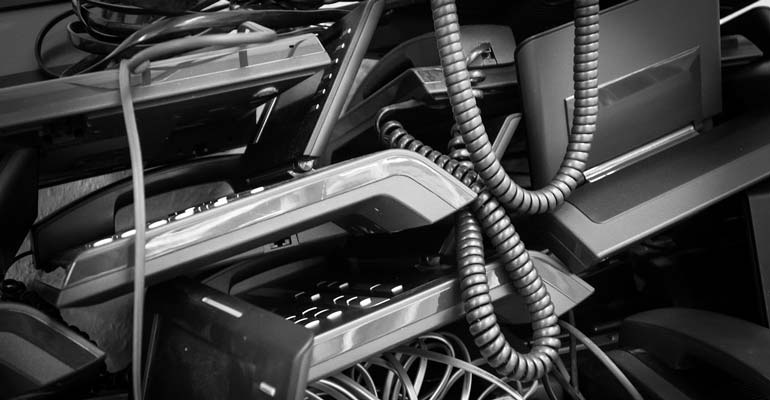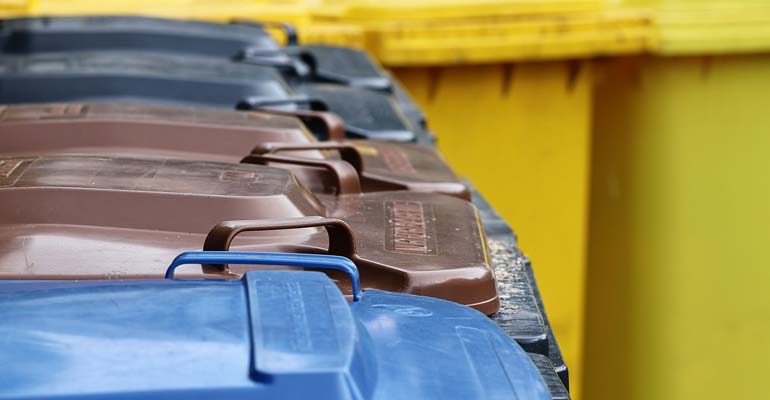Latest situation
In the waste of households and industry, masses of gold and silver treasures are stored – in discarded electrical appliances. And there are plenty of them: 40 million tons of electronic devices end up on the garbage worldwide every year, according to a report of the UN environmental program Unep.
Current problem
The electronics recycling business is becoming increasingly lucrative, reports the German Association for Secondary Materials and Waste Management (BVSE). Many recycling companies have now established themselves in Europe. They have benefited from the high metal prices of recent years. However, the high costs of processing the metals are squeezing their profits.
AGT solution
Conversion is the optimal solution for recycling electronic waste. As part of the LTC process, the various materials (plastics, metals, minerals) are gently separated. The organic materials are converted and processed into a strong gas comparable to natural gas, while all metals and minerals such as gold, platinum, rare earths, copper, etc. remain undamaged for reuse. The recycling of these treasures in landfill sites could be described as modern resource mining.
Benefit
Even high extraction rates seem paltry compared to the treasures in mountains of waste: according to Christian Hagelüken from the recycling company Umicore in Brussels, there are millions of computer circuit boards containing 250 grams of gold per tonne. AGT’s low-temperature conversion (gasification) makes recycling worthwhile, as the costs of processing are significantly reduced.





